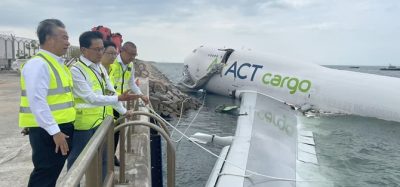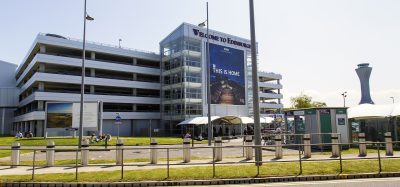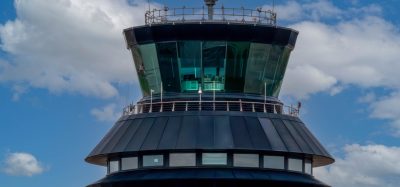Are robotic container loading machines the future of baggage handling?
Posted: 1 July 2019 | International Airport Review, Kansai Airport | No comments yet
Following Kansai Airport’s success in the World’s Best Airport Baggage Delivery 2019 award, International Airport Review spoke to the airport to investigate the procedures that are in place.
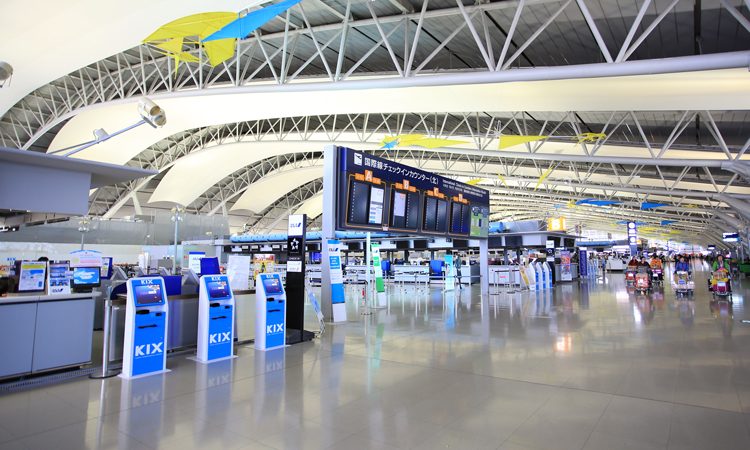

Can you outline the award-winning baggage handling processes that are used at Kansai Airport
Within Kansai Airport (KIX), passengers bring their luggage to check-in counters where it is processed by the airline and ground handing companies, from which it is moved by belt to a spiral conveyor from the check-in counter on Level 4 to the baggage sorting area on Level 1. Here, it is then automatically sorted to the make-up conveyor designated for each flight.
The baggage transportation is controlled by computers. The in-line screening machine automatically checks the baggage for explosives as it goes through the system.
When the baggage arrives at the make-up conveyor, handling staff check the baggage tag to ensure it is heading to the right aircraft, and then place it on a dolly (container truck) to be loaded into the aircraft.
For arriving passengers the baggage is unloaded from the aircraft and taken by dolly to the input area for the designated carousel. After being checked by the handling company the luggage is loaded for conveyance to passengers.
At KIX we have managed to achieve an average delivery time of 11 minutes.
What does winning SKYTRAX’s World’s Best Airport Baggage Delivery 2019 award mean to the airport?
We are delighted and feel that the award recognises not only our daily efforts in enabling smooth operation for handling the baggage of our passengers, but also and more importantly, the speedy and accurate work of all handling staff and the care they take in this responsibility.
Why is efficient baggage handling important for the airport?
We think it is the airport’s mission, and an essential ingredient for a world-class airport, to sort passengers’ baggage dropped at the check-in counters to their aircraft – or from the aircraft to the baggage carousel – in a safe, speedy and accurate manner. This enables airlines to achieve on-time performance and passengers can have an excellent experience.
What are the challenges of handling baggage?
Handling baggage is a constantly changing activity. There are many variables such as type, shape and volume of baggage handled per hour.
It is a time-sensitive task as it is imperative the aircraft depart on time, with the correct luggage linked to the passengers with timely and accurate delivery for arriving passengers. We expect that the variety of passenger baggage will continue to evolve and that passengers will have high expectations in terms of service. Therefore we must continue adapting to meet these challenges.
How did Kansai airport address these challenges?
We continuously make an effort to address any irregular operations. Minor issues occurring in daily operation are seriously investigated to determine the root cause. We share the information across the company, make revisions or repairs which are then followed by a comprehensive review to prevent a reoccurrence. We meet regularly with airlines and ground handling agents to discuss new challenges and determine improvements together. A high focus is put on the attentiveness of the staff to the operation, and the relationship this has with passenger experience.
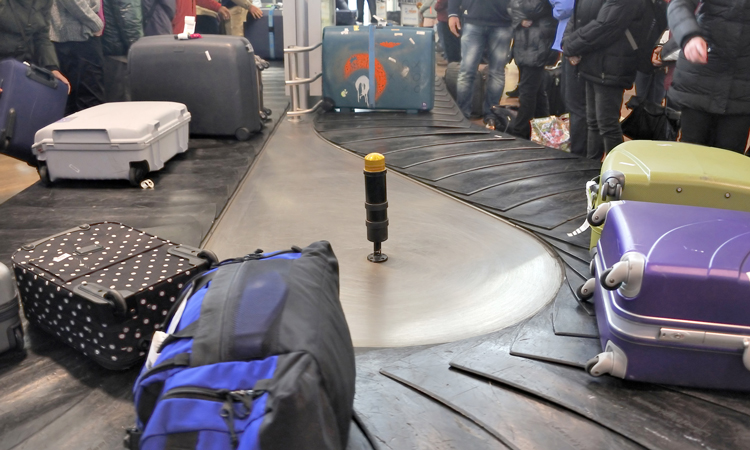

Delivery of baggage from aircraft to terminal needs to be efficient and quick to ensure a high-quality passenger experience
What you see the future of baggage handling to be like?
In the future there is likely to be more self service by passengers, such as printing and affixing bag tags, which may present some different challenges.
The introduction of more robust scanning and error-checking systems will provide more data regarding the location of baggage. RFID technology is also likely to become more prevalent in terms of identifying and locating baggage.
We also think a baggage handling system that meets a variety of needs will be required in the future. For example, we will need functions that allow passengers to drop off their baggage anytime, anywhere to improve their convenience.
In terms of actual handling, robotic container loading machines could be introduced to reduce the burden on handling staff. Moreover autonomous vehicles may be used to bring baggage to and from aircraft to reduce the need for labour.
We are watching all of these technologies so that we can develop our future plans with our stakeholders and maintain and improve our services at KIX.
The International Airport Summit is open for registration!
Date: 19 – 20 November 2025
Location: JW Marriott Hotel Berlin
At our flagship event of the year, we will dive into the future of airport operations, with expert-led sessions on passenger experience, innovative smart technologies, baggage handling, airside operations, data, security, and sustainability.
This is where global airport leaders come together to share insights, challenges, and real-world solutions.
Limited complimentary passes are available for eligible professionals – first come, first served!
Related topics
Airside operations, Baggage handling, Ground handling, Passenger experience and seamless travel, Terminal operations





